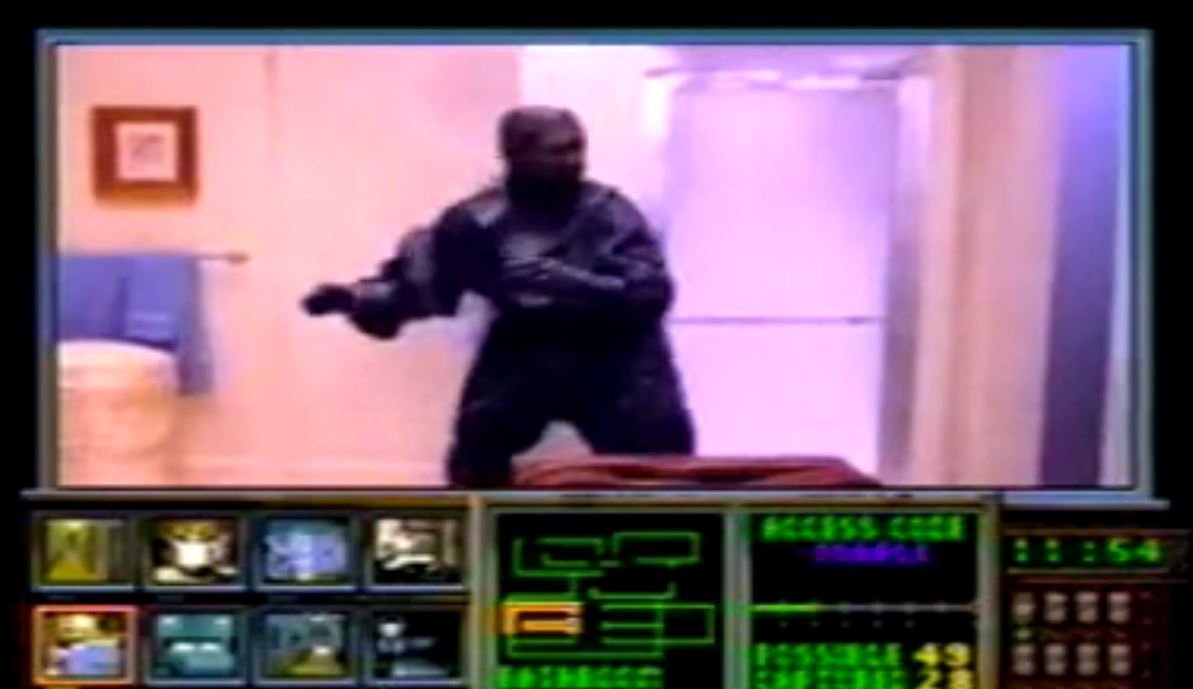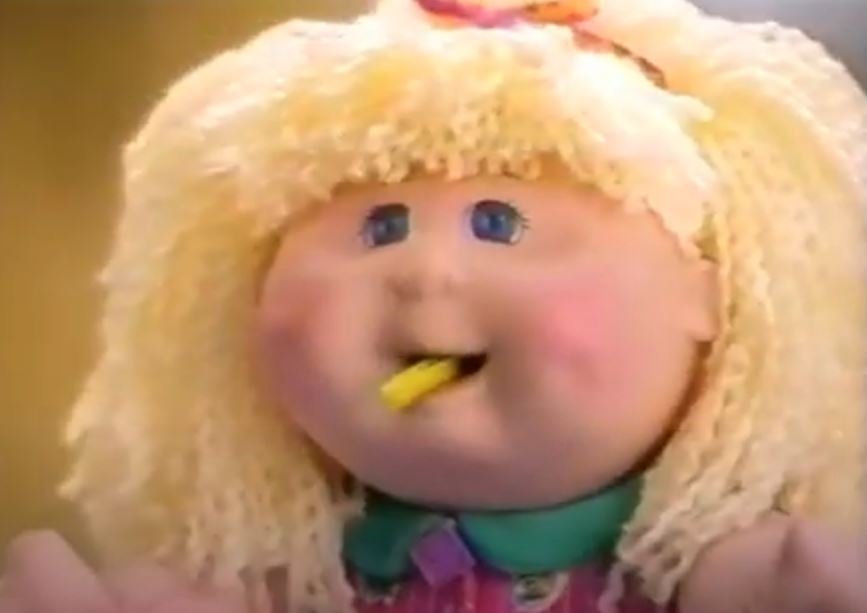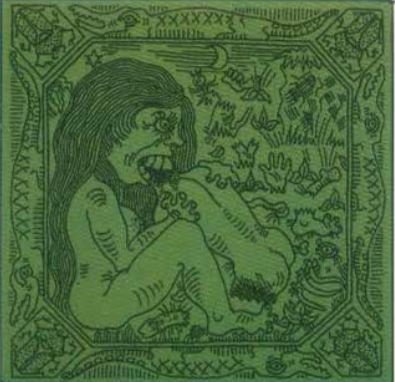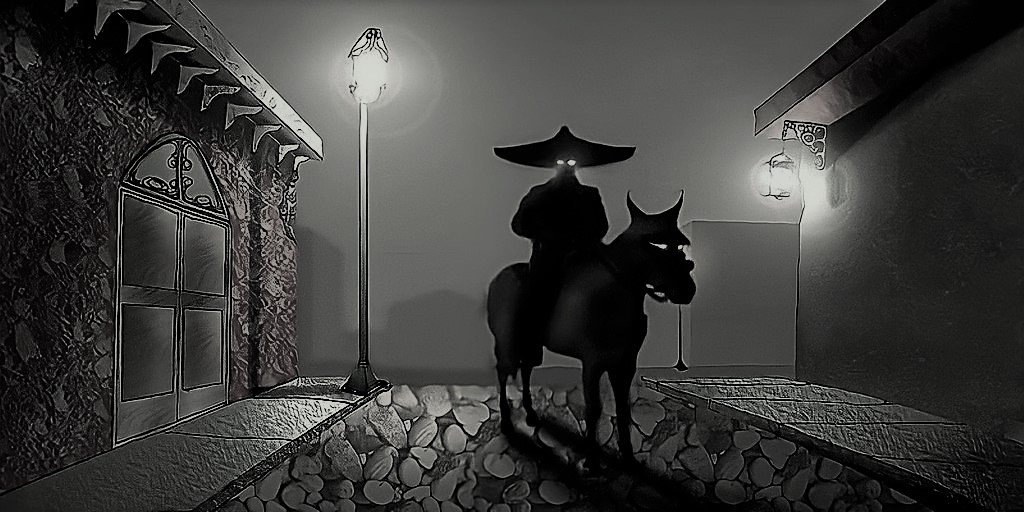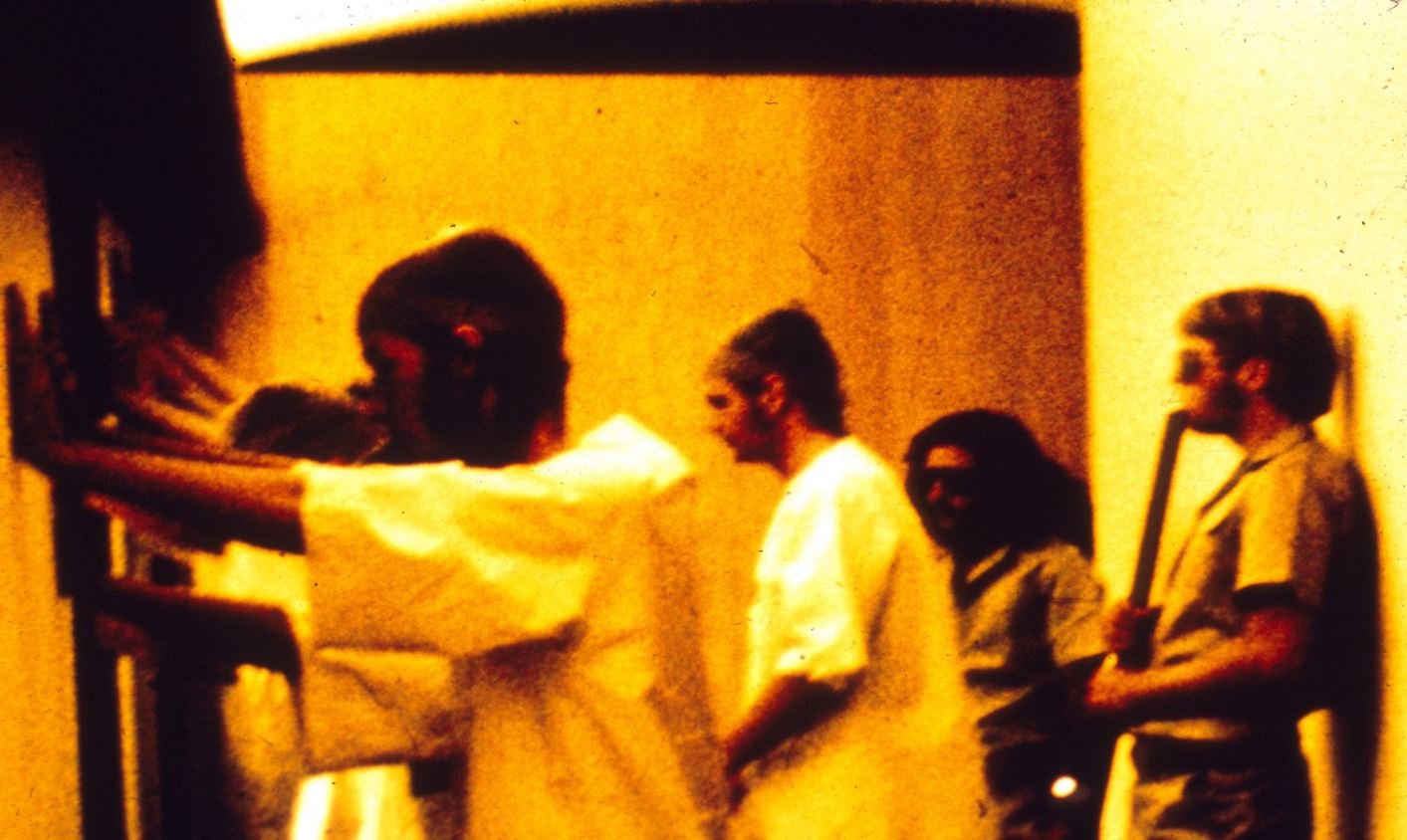How Mortal Kombat Helped Create the ESRB
The only fight people care about
The year is 1993 and a boy sees a new Sega Genesis game he wants to play. He rushes over to his dad and politely says “papa can you buy me this Mortal Kombat game?”
The dad says no and they move on but later that night something bothers that man. He lies in bed contemplating, the confusion painted on his face, was it the weird dragon on the cover? The MA-13 rating clearly labeled on the bottom right corner of the box? Maybe it was the fact that they spelled Kombat with a K and we all know poor spelling will ruin the minds of children.
Over the following weeks, this man studies the game, finds out about the violence it contains, and then goes to his boss, U.S Senator Joe Lieberman, and tells him everything like a five-year-old ratting out the class clowns to their principal.
Instead of Senator Lieberman saying “Well you did the right thing not buying that game especially since the MA-13 rating is right there on the box.”, he says, “my god! We must change the entire industry!”
1991
Alright, let’s rewind our story a little bit to 1991, a relatively small arcade game company called Midway Games was busy trying to figure out what new arcade game they could create, maybe something based on the latest hit movie Universal Soldier starring Jean-Claude Van Damme?
Side note, it’s a good movie, everyone should watch it even if it is a bit derivative of Terminator 2. Too bad they never made any sequels for it. And before you say, “but Hector aren’t there 5 Universal Soldier sequels?” Let me counter that fact with, too bad they never made any sequels for Universal Soldier.
While Midway Games are wondering about their next game, something unexpected happens. In a world where fighting games were thought to be going out the door, Street Fighter 2: The World Warrior hits the arcade scene, and it’s a c-c-combo hit. Now, Midway Games wants a direct competitor for Street Fighter and they recall a pitch they heard from one of their employees, John Tobias, a year ago about a fighting game with ninjas.
They quickly greenlight the project giving him 10 months to complete it. Tobias and three others including Ed Boon get to work by using, updating, and tweaking most of Tobias’ plans, and almost a year later in 1992, Mortal Kombat is unveiled.
Round 1: FIGHT!
Mortal Kombat is released to arcades and immediately it was a success. The game captivated players with its digitized characters, secrets, and most importantly blood and gore. Fatalities, in particular, would end with a gory scene of victory like pulling out someone's heart or ripping their heads off to name a few. Although this did require a sort of secret input with precise timing.
With the success, Midway and their publishing company, Acclaim, began working on ports for Mortal Kombat to release on Sega Genesis console, Nintendo console, Game Boy, and Game Gear the following year on a Monday, that became known as Mortal Monday… Catchy I guess.
“Terminal Tuesday, Wicked Wednesday, Fatality Friday… I couldn’t think of one for Thursday…”
Meanwhile Night Trap, a full-motion video game was released on the Sega console in late 1992. The game involved you protecting a group of teenage girls from vampires by activating traps around the house through surveillance cameras. I use the words game and vampires lightly.
If you’ve play-watched, is that the right term, Bandersnatch on Netflix, it’s essentially like that. As for the vampires, if I wouldn’t have told you they were vampires, there is no way you would have known.
Picture an intruder wearing all black, including a thick hood, and black mask. That was it, they didn’t bite at all, all they did was grab their victims and dragged them away. Oh, and they hobbled around slowly. They were the worst vampires of all time and it’s important to note the game included no blood or gore at all.
Still better than Twilight
But regardless of all of that, people still had an issue with the game as Sega released it. With the complaints piling on, Sega created a rating system for their games and encouraged other companies to do the same.
Sega’s included three ratings, GA for general audiences, MA-13 for mature audiences with parental discretion advised, and finally MA-17 for Mature Audiences and not appropriate for minors. For Mortal Kombat they would slap the MA-13 rating on it in preparation for Mortal Monday.
Nintendo on the other hand was as strict as an evil stepmother and had its own internal review process for games. They banned nudity, sexuality, drugs, profanity, political messages, religious symbols, blood, and violence. Those last two were a bit of a problem for Mortal Kombat, a game where if there’s not enough blood in fatalities people are not happy. Mortal Kombat versus DC Universe, you know I’m talking to you.
Nintendo forced Acclaim and Midway to censor the game by removing all blood and reducing the fatalities to just really silly attacks. Of course, Midway and Acclaim would comply because of the age-old temptress called money.
Round 2: FIGHT
After game censoring, rating stickers, and huge amounts of advertising, Mortal Monday arrived on September 13th, 1993, and sells over 3 million copies in its first six weeks. Sega’s version unsurprisingly outsold Nintendo’s version due to it being uncensored. This would further fuel the console wars; a name given to the competition between both companies.
So now we’ve come back to our story from the start, Mortal Kombat was a hit and a plucky child asks his dad for the game. As we established at the beginning, that dad worked for Senator Joe Lieberman who is now outraged and calls for congressional hearings. The first was scheduled for December 9th, 1993. This leads me to question, did congress just work super fast back then or super slow now?
Regardless, by the date of the hearing, representatives from the video game industry announced they agreed on creating a shared rating system hoping that would stop the outrage.
But the pearl-clutching Senators still went along with the hearings zeroing in on Mortal Kombat, Night Trap, and a still unreleased console version of the game Lethal Enforcers. A game where you play as cops who shoot bad guys like kids have done with their fingers for decades.
Dangerous shit
The problem Joe Lieberman saw with this game was the fake plastic bright blue gun that was being shipped alongside it to use as a controller.
Now, you would think that after deciding to work together to create a shared rating system Nintendo and Sega would present a united front at the hearings, but if that was the case, I wouldn’t have written that part of my sentence that way. Vice President of Nintendo of America at the time, Howard Lincoln, was especially aggressive towards Sega and Bill White, the vice president of Sega of America.
Hearings Begin
Lincoln started off by saying, “Let me say that for the record, I want to state that Night Trap will never appear on a Nintendo system. Obviously, it would not pass our guidelines. This game … which promotes violence against women, simply has no place in our society”.
Clearly, he missed the part where Night Trap involved you saving women but most likely he was just trying to emphasize the point that Sega was selling Night Trap while Nintendo chose not to.
Either way, between their rivalry and Joe Lieberman bringing on experts to speak about the effects of video games on children, the congressional hearings did not go well for both Nintendo and Sega.
And we’ll expand on that in a little bit but let me just point out, video games with realistic graphics for the time were fairly new so these experts couldn’t have run too many studies and if you watch the hearings (they’re on YouTube) much of their testimony sounds suspiciously like opinions… cherry-picked opinions.
Look at all that ripe bullshit ready for pickin’
After the hearings not only did Sega and Nintendo agree to create a rating system but other game developers joined them and retailers agreed to only sell games that had been reviewed and rated. By the holiday season of 1994, the Electronic Software Ratings Board was in full swing.
ESRB
Now I definitely think the ESRB is a good thing but I do think the reaction from congress was completely overblown. It also led to what I think amounts to a Streisand effect on video games.
The Streisand effect is named after entertainer Barbara Streisand who in 2003 attempted to get a picture of her home suppressed and inadvertently caused media attention around her actions. The best part about that story is the photographer was taking the picture for the California Coastal Records Project to show coastal erosion in California and wasn’t even trying to bring attention to her home.
In 1993 during these congressional hearings, Night Traps sales skyrocketed because of the hearings. Although the game was later pulled off shelves only after selling hundreds of thousands of more copies.
But that isn’t the only example of the Streisand effect, prior to the hearings, games were censored based on the company. Nintendo censored large parts of Mortal Kombat and Sega already had their system in place while recommending others to do the same.
After the hearings, ratings, in an attempt to put restrictions, arguably gave developers and companies unspoken permission to create and sell games that they wouldn’t have created or sold prior because they could not hide behind the rating.
“We can greenlight ‘Genocidal Maniac’ now! Just slap a Mature Only rating on it!”
The prime example of this is Nintendo selling Mortal Kombat 2 with a MA rating under the new system and not censoring anything as compared to its censored version of the original Mortal Kombat.
And honestly, I think it’s a good thing, especially compared to the alternative of Lieberman’s extensive government oversight ideas. He was once quoted as saying he would prefer to ban all violent games and if you’ve seen Night Trap, his bar for violence is pretty low.
But I also think it’s important to note the onus of restricting violent video games shouldn’t be solely on the government or games companies, especially only after a game like Mortal Kombat is released.
Who's Watching the Kids?
I’m talking about parents, 3 million copies of Mortal Kombat were sold, if they were all for children as the fear-mongering congressional hearings would like you to believe then that’s millions of parents who didn’t look to see what they were giving their kids.
And let’s not also detract from the fact that violent video games don’t actually cause violence in children. For decades violent video games have been blamed for any tragic event as a knee-jerk reaction because it’s easy.
Studies in the late 1990s that supposedly saw a link were widely flawed, testing only violent games and then measuring immediate reactions. More recent studies found that it’s not the violence in video games but the frustration that causes aggression and even then it’s short-term.
One study created a violent first-person shooter and had participants play it with all its blood and gore. Other participants played a paintball version with no blood or gore. Afterward, both groups were tested for aggression and researchers found no differences between the two groups.
Another study had participants, once again in two groups, play a modified non-violent game. One group played an easy version while the other group played a modified difficult version. The group playing the difficult version displayed more aggression. Oh, and that game? It was Tetris.
Am I saying all kids should go out and play Mortal Kombat or any violent game they find? No, but I am saying if something tragic happens or a kid is showing violence in their day-to-day life maybe don’t blame the video game.
That’s something political figures and the media seem to do every chance they get without actually looking into it, never was that more apparent than with the tragic Sandy Hook Elementary School shootings from 2012.
It was reported the shooter played violent video games for hours and some politicians were more than happy to cast blame. When the facts came out, it turned out that the game was actually “Dance, Dance Revolution.”
Critical thinking is important in everyday life. Don’t jump to conclusions or go with the mob mentality. Play games, have fun, and always double-check that rating on the box.
Oh and, 25 years after Howard Lincoln’s quote of believing the game Night Trap has no place in society and would never appear on a Nintendo system; Nintendo released Night Trap for the switch to celebrate its 25th anniversary.



